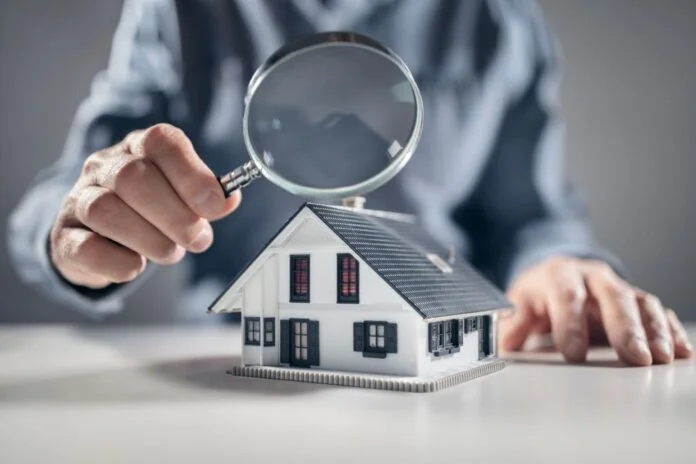Introduction
Mold infestations are a common problem in homes and commercial buildings, often leading to various health concerns and structural issues. When mold is discovered, it’s essential to take prompt action to remediate the problem. However, removing visible mold may not be enough to ensure a safe and healthy environment. This is where clearance testing comes into play.
Clearance testing is a critical step in mold remediation, helping to verify that the mold has been successfully removed and that the affected area is safe for occupancy. In this comprehensive guide, we will delve into the role of clearance testing in mold remediation, why it is necessary, the testing process, and its importance in safeguarding indoor air quality and the health of occupants.
What is Clearance Testing?
Clearance testing, also known as post-remediation verification, is the process of evaluating and confirming that mold remediation efforts have effectively removed all mold contamination from a designated area. This crucial step ensures that the environment is safe for occupants to return to and that there is minimal risk of mold-related health issues or further damage to the property.
The Clearance Testing Process
Environmental Consulting Dallas involves several key steps to thoroughly assess the remediated area. Let’s break down the process:
Choosing an Independent Inspector
One of the fundamental principles of clearance testing is independence. The inspector or testing agency conducting the clearance test should be completely independent of the mold remediation process. This ensures objectivity and prevents conflicts of interest.
Visual Inspection
The clearance process begins with a visual inspection of the remediated area. The inspector will assess whether the remediation work has been completed as specified in the remediation plan. This includes checking for any visible signs of mold growth, water damage, or other issues.
Air Sampling
Air sampling is a crucial component of clearance testing. The inspector will collect air samples from both the remediated area and nearby unaffected areas to establish a baseline for indoor air quality. This baseline helps in determining whether mold spore levels in the remediated area are within acceptable limits.
Surface Sampling
Surface sampling involves the collection of samples from various surfaces in the remediated area. These samples are analyzed to check for the presence of mold spores or residue. If surface samples come back with elevated mold levels, further remediation may be necessary.
Moisture Testing
Checking for moisture is vital in mold clearance testing. High moisture levels can contribute to mold growth. Inspectors use moisture meters to detect any lingering moisture that could lead to future mold problems.
Mold Spore Analysis
The collected air and surface samples are sent to a laboratory for analysis. The lab will identify and quantify the types and concentrations of mold spores present. Results are compared to established guidelines and industry standards to determine if the area meets clearance criteria.
Importance of Clearance Testing
Now that we understand the clearance testing process, let’s delve into why it is so crucial in mold remediation:
Ensures a Safe Environment
The primary goal of mold remediation is to create a safe and healthy living or working environment. Clearance testing provides an objective assessment of whether this goal has been achieved. It confirms that the remediated area is free from harmful mold contamination and safe for occupancy.
Validates the Effectiveness of Remediation
Mold remediation can be a complex and costly process. Clearance testing acts as a quality control measure, ensuring that the investment in remediation is worthwhile. It verifies that the mold problem has been successfully resolved and that mold spore levels are within acceptable limits.
Prevents Future Issues
By confirming that the remediated area is free from mold contamination and excess moisture, clearance testing helps prevent future mold problems. This is particularly important in regions with humid climates, like Dallas, where mold can thrive if conditions are not properly addressed.
Provides Documentation
Clearance testing provides documented proof that the mold remediation was carried out to industry standards and guidelines. This documentation can be invaluable for property owners, landlords, and businesses to demonstrate due diligence in addressing mold issues.
Peace of Mind for Occupants
Occupants, whether they are homeowners, tenants, or employees, deserve peace of mind when it comes to their indoor environment. Clearance testing offers reassurance that the space is free from harmful mold contaminants, reducing concerns about health risks associated with mold exposure.
Aids in Insurance Claims
In cases where mold remediation is covered by insurance, clearance testing results can be essential in supporting claims. Insurance companies often require evidence that the mold problem has been properly addressed before approving coverage.
Interpreting Clearance Test Results
Interpreting clearance test results requires expertise and an understanding of industry standards. Typically, clearance is considered successful if:
- Mold spore counts in the remediated area are lower than or equal to those in unaffected areas.
- There are no visible signs of mold growth.
- Moisture levels are within acceptable limits.
- Surface samples show no significant mold contamination.
If any of these criteria are not met, additional remediation and retesting may be necessary.
Conclusion
In the realm of mold remediation, clearance testing plays a vital role in ensuring that the job has been done right. It offers independent verification that the environment is safe and free from mold contamination, protecting the health and well-being of occupants. For property owners and businesses in Dallas and beyond, clearance testing is a critical step in the journey toward a mold-free, healthy indoor environment. Always remember to work with certified professionals and follow industry best practices to achieve successful clearance results.

